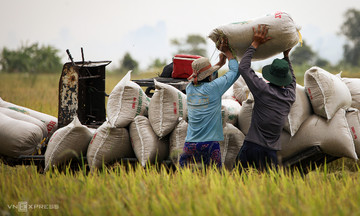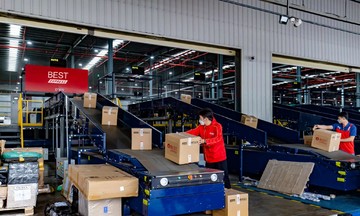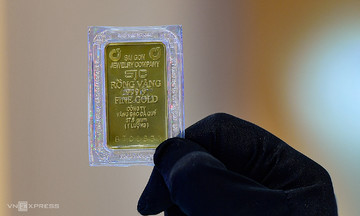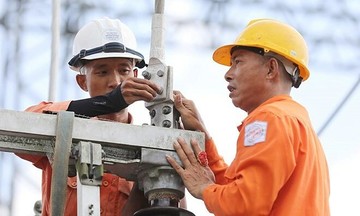On 8/9, Chinese customs data revealed a 4.4% year-on-year increase in exports for August. This figure fell short of analyst predictions and marked the slowest growth since February.
Imports rose by 1.3%, also below forecasts. While this marks the third consecutive month of growth, the pace remains sluggish due to ongoing economic challenges in China, including a protracted real estate crisis and rising unemployment concerns, which have dampened consumer spending.
China's exports to the US plummeted 33% compared to the same period last year, with imports from the US also falling by 16%. Despite this, Washington remains Beijing's largest trading partner, having purchased USD 283 billion worth of goods in the first eight months of the year.
 |
A container port in Nanjing (Jiangsu, China) in 4/2025. Photo: Reuters |
A container port in Nanjing (Jiangsu, China) in 4/2025. Photo: Reuters
China's trade activity faces pressure from increased US scrutiny of transshipped goods and a slowdown in pre-tariff purchasing. Zichun Huang, an economist at Capital Economics, suggests that China's exports "may continue to face pressure in the short term" due to US tariffs on transshipped goods and the fading impact of the previous trade agreement between the two countries.
As the US continues to raise tariffs, China has been actively seeking alternative markets. Exports to Southeast Asia surged 22.5% year-on-year, while exports to the European Union (EU) and Africa grew by 10% and 26% respectively.
On 11/8, Beijing and Washington agreed to a 90-day extension of their tariff reduction agreement. However, bilateral negotiations have yet to yield any significant breakthroughs.
Former US President Trump previously threatened to impose 200% tariffs on Chinese goods if Beijing failed to meet its commitment to increase rare earth magnet exports to Washington. Recent data shows that in August, China sold nearly 5,800 tons of these products to the US, a 22% increase.
Economists are watching to see if China will implement further fiscal stimulus in Quarter IV to boost domestic demand and mitigate the impact of weak exports. However, the government appears to be prioritizing controlling excess capacity over increased spending on "cash for clunkers" programs designed to stimulate consumption. Many localities have halted these programs due to budget constraints.
Deflationary pressures in China are also expected to persist. Goldman Sachs forecasts China's producer price index (PPI) to decline 2.9% year-on-year in August, while the consumer price index (CPI) is projected to fall 0.2%.
Ha Thu (according to Reuters, CNBC)












